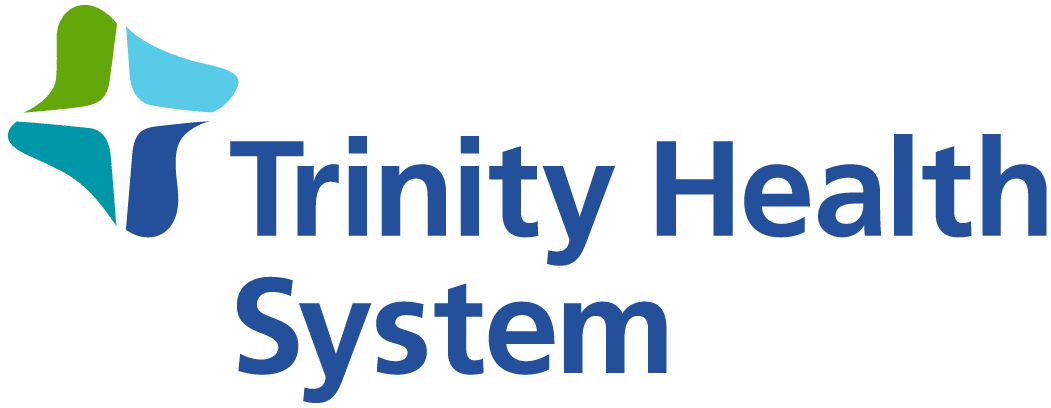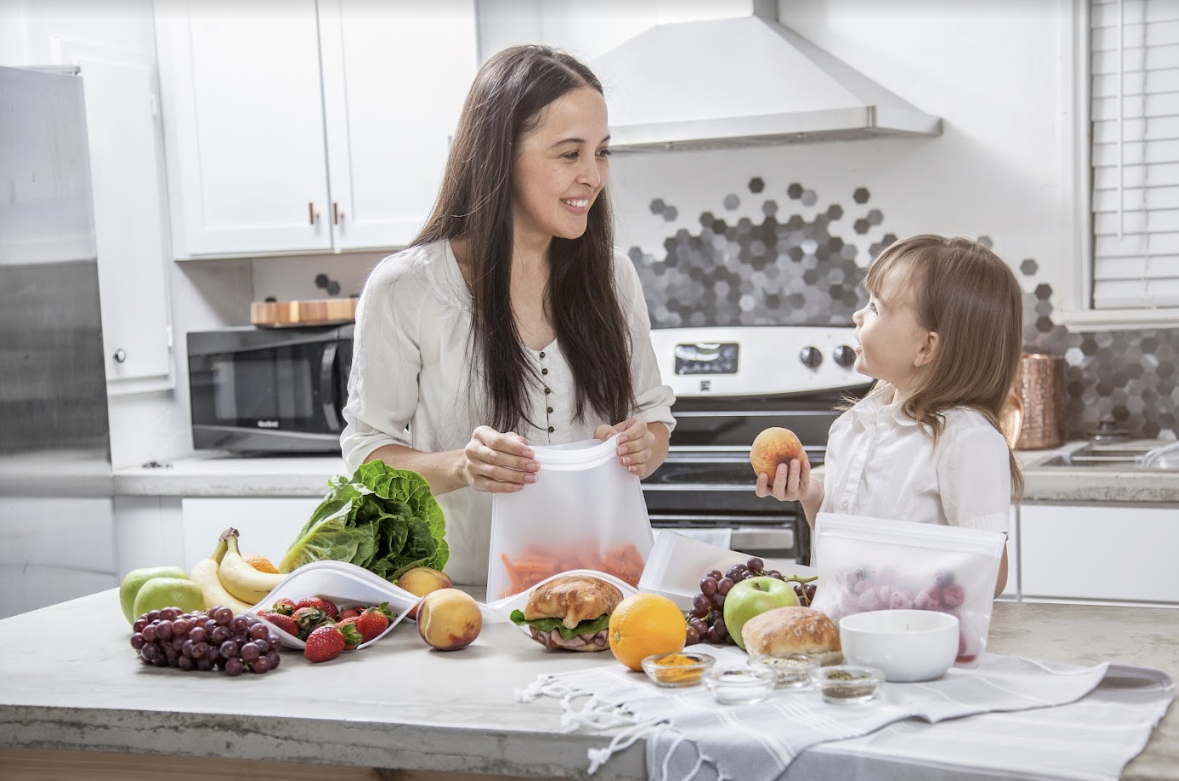We know the key to a healthy diet is eating more fruits and leafy greens and taking in less added sugar and saturated fat. But what about snacks? Are they bad for you?
Not if done right, according to nutrition experts. Eating between meals may be necessary to boost your energy in the middle of the day or after a workout. It can also help prevent overeating at your next meal.
But not all snacks are created equally. Choosing healthier snacks, such as fruits or raw vegetable sticks, can be a great way to eat more protein and fiber. Snacking becomes a problem when we make unhealthy choices or overindulge.
There’s no magic formula for the perfect snack, but a few helpful tips can empower you to make better choices:
- Rethink your snacking behaviors.
“There’s a big difference between snacking because you’re hungry and snacking out of boredom or to cope with stress,” Monica Paulman, MS, RDN, LD, Clinical Dietitian, Trinity Health System, said. “As a general guideline, snacks are often considered 150 to 200 calories, but can differ based on individual needs.”
Research shows that emotional eaters tend to eat snacks that are higher in sugar and fat, so it’s vital to understand why you snack in the first place. If you snack frequently, ask yourself if you’re truly hungry or eating because you’re stressed, tired, or sad.
“If your eating is associated with an emotion, try a few mindful eating strategies, such as savoring every bite, eating modest portions, and eating slowly,” Paulman said. “Eating slowly makes you more likely to recognize when you’re satisfied. The opposite of mindful eating, or mindful snacking, is mindless or distracted eating.”
- Improve your eating habits
If you’re snacking between meals because you’re starving, you’re probably not eating the right meals.
Healthy options, known as diet-boosting foods, take longer to digest, making you feel fuller longer. Diet-boosting foods include beans, whole grains, nonfat dairy products, and foods grown on farms, gardens, and trees.
Diet-busting foods such as fatty meats, fried foods, creamy sauces, and canned soups have the opposite effect. They’re low in nutrition and full of calories.
“Many of these foods leave you hungry because they’re low in fiber and protein,” Paulman said. “At your next meal, ensure you’re filling half of your plate with colorful fruits and vegetables.”
- Choose nutrient-dense snacks
Foods that are high in nutrients and relatively low in calories are better than those with poor nutritional value. The Dietary Guidelines for Americans 2020-2025 recommends nutrient-dense snacks like raw vegetables, fresh fruit, nuts, plain yogurt, whole grains, and peas.
“Try to include a variety of different food groups when putting together a snack, so for example, focusing on getting a good source of complex carbs and a protein,” Paulman said. “Snacks that are dense in nutrients include fruit, yogurt, nuts and seeds, avocados, peanut butter, carrots and bell peppers, and hummus.”
Need more ideas? Try replacing unhealthy snacks with healthier options.
Popcorn, for example, is a beloved family snack, but the microwave popcorn sold at stores and movie theaters is packed with butter, oil, salt, and other artificial flavors. Instead, make your own popcorn on the stove, which is known as air-popped popcorn. All you need is unpopped popcorn kernels and a non-stick pot with a lid. There are plenty of air-popped popcorn recipes online. The trick is to avoid microwave popcorn as it’s the least healthy option.
- Avoid the vending machine
Most salty and sweet snacks dispensed in vending machines are bad for you. One bag of potato chips or cookies won’t make or break your health, but if eating those snacks becomes a habit, it may affect your health.
According to experts, potato chips are high in sodium and will leave you hungrier. Baked foods sold at vending machines may be high in saturated fats, which contribute to heart disease. You’re better off planning ahead and bringing your own snacks to work or school.
“It may not be possible to avoid the vending machine entirely,” Paulman said. “The best advice I can give is to try to plan ahead if you know you are going to need a snack throughout the day. If you have to rely on the vending machine, try to choose something either high in protein or fiber, if available, to keep you feeling full until your next meal.”
- Replace the candy dish with a fruit bowl
One of the simplest ways to make smarter snacking choices is to limit what you buy at the store. That includes candy, cake, chips, cookies, and ice cream. If you don’t have sweets in your house, you won’t be tempted to eat them. Instead, replace unhealthy choices with better ones.
“Replacing candy with fruit can be a great alternative to still having a sweet treat, while still getting fiber and vitamins,” Paulman said.
You can replace ice cream with nonfat yogurt, chips with unsalted nuts, and soda with sparkling water. It’s OK to nibble not-so-healthy snacks every once in a while. If you plan to keep ice cream and cookies in the house, put them in a hard-to-see or -reach area. Always move the healthier options to the front.
- Make your own snacks
Snacks don’t have to be boring. They can be healthful and delicious, but may require some creativity on your part. You can find many fun and healthy snack recipes online, including mini-pizza recipes made of whole-wheat English muffins. Fruits and vegetables are always good choices for healthy snacks. Hummus, low-fat or nonfat yogurt, pretzels, and some whole-wheat crackers and cheeses are excellent choices, too.
“My favorite snacks range from veggies or wheat crackers with hummus, air-popped popcorn, mixed nuts and fruit, and apples with peanut butter,” Paulman said.
Don’t be afraid to experiment and plan ahead. Making your snacks could be fun, and knowing they’re fresh and free of preservatives will help you in reaching your fitness goals.
Takeaway
Healthy snack options are endless, whether crunchy, salty, sweet, or creamy. Follow the Dietary Guidelines for Americans 2020-2025 and ask your Trinity Health System physician, nurse practitioner, or physician assistant for nutrition guidance or to refer you to a nutritionist who can help you create an eating plan that works for you.
Sources:
Snacks for adults: MedlinePlus Medical Encyclopedia
Healthy Eating Communications Kit | cdc.gov
Cutting Calories | Healthy Weight, Nutrition, and Physical Activity | CDC
Mindful Eating | The Nutrition Source | Harvard T.H. Chan School of Public Health
The Science of Snacking | The Nutrition Source | Harvard T.H. Chan School of Public Health
Dietary Guidelines for Americans, 2020-2025
Diet-busting foods: MedlinePlus Medical Encyclopedia
Diet-boosting foods: MedlinePlus Medical Encyclopedia


